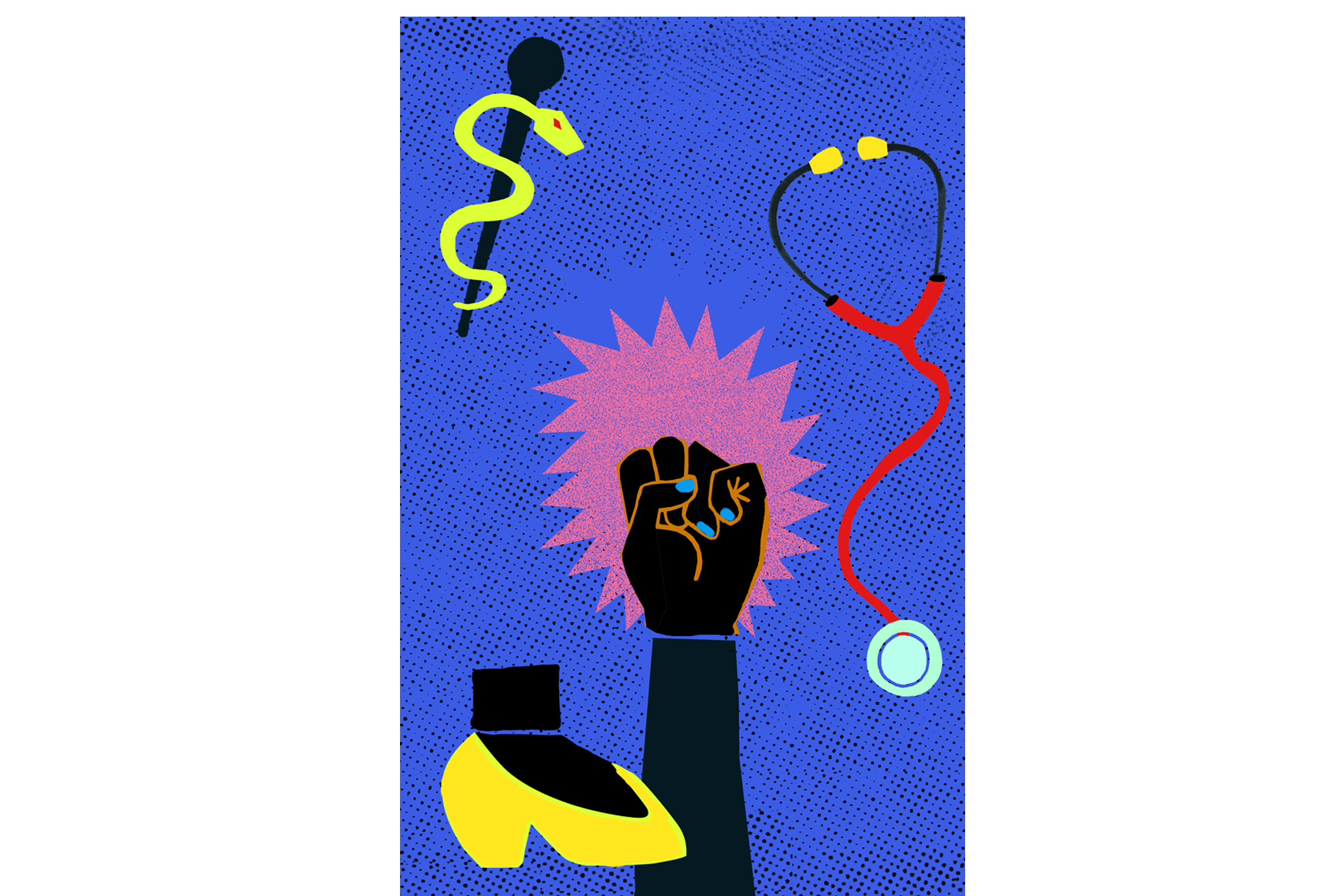The ball dropped. Champagne was poured. People kissed at midnight. New Year’s resolutions were made. Now, a week into 2008, some New Year’s resolutions have been broken and abandoned. Some resolutions have faded into an ideal, fantastical dream that may happen sometime this year through osmosis.
Resolving to be better
The ball dropped. Champagne was poured. People kissed at midnight. New Year’s resolutions were made.
Now, a week into 2008, some New Year’s resolutions have been broken and abandoned. Some resolutions have faded into an ideal, fantastical dream that may happen sometime this year through osmosis. Several people never even made New Year’s resolutions, perhaps because they weren’t fruitful during previous years.
Although goals can and should be made anytime in a person’s life, this process may be easily forgotten by someone who is constantly busy with school and work. It’s too easy to procrastinate indefinitely. New Year’s Day serves as an important reminder to take a moment out of our hectic schedules to reflect on our lives and strive for something even better.
New Year’s Day represents the closure of one cycle and the beginning of a new one, with new possibilities. These cycles are broken into two distinct blocks of time: the past, a year for review, and the future, a year for change.
Instead of drudging up old memories of your entire life, New Year’s gives a focused amount of time to review the ups and downs of the previous year. It allows people to ask themselves what positive things they would like to carry over or repeat in the new year. It also prompts people to remember the worst parts of the year so that the same pitfalls can be avoided in the new year.
If someone cannot think of anything at all from 2007 that can be used to make 2008 a better year, 2008 is still a new beginning. It allows people to think of all new, exciting things they would like to achieve. For some, that new beginning may be graduating from school and finding their dream job. For others, it may be getting married. There are a myriad of possibilities.
New Year’s resolutions are a healthy, positive tradition that should be used to its full advantage. If resolutions weren’t so useful, they would have died out long ago.
New Year’s is one of the oldest holidays, dating back 4000 years ago when the Babylonians celebrated the new year every March, even though they did not have any calendars. They rejoiced the coming of the new crops for 11 days. In 153 B.C., the Roman Senate changed the holiday to Jan. 1 and began the tradition of New Year’s resolutions, symbolized by the mythical two-faced god Janus, whom January is named after. According to the Ancient Romans, Janus could look at the past as well as into the future for new beginnings. During the Middle Ages, New Year’s celebration was banned by the Catholic Church until around 1600 when New Year’s resolutions persevered.
Many cultures have superstitious customs to summon good fortune for the new year. In Spain, people eat 12 grapes at midnight to ensure 12 happy months. In Greece, whoever has the piece of cake with a coin baked inside it is believed to have exceptionally good luck during the following year.
New Year’s resolutions, which are basically just composing goals to carryout through the new year, are by far the most secular New Year’s tradition, making them practical for everyone to utilize and prosper from.
It’s not too late to reflect on 2007 and construct step-by-step goals to achieve a resolution for 2008. The best part of New Year’s Day is that it happens every year so that there can be constant growth. By taking advantage of New Year’s resolutions, each year of a person’s life should become healthier and happier.
Popular New Year’s resolutions:
?Lose weight?Quite smoking?Get out of debt?Go back to school?Drink less alcohol?Save money?Eat better?Volunteer




